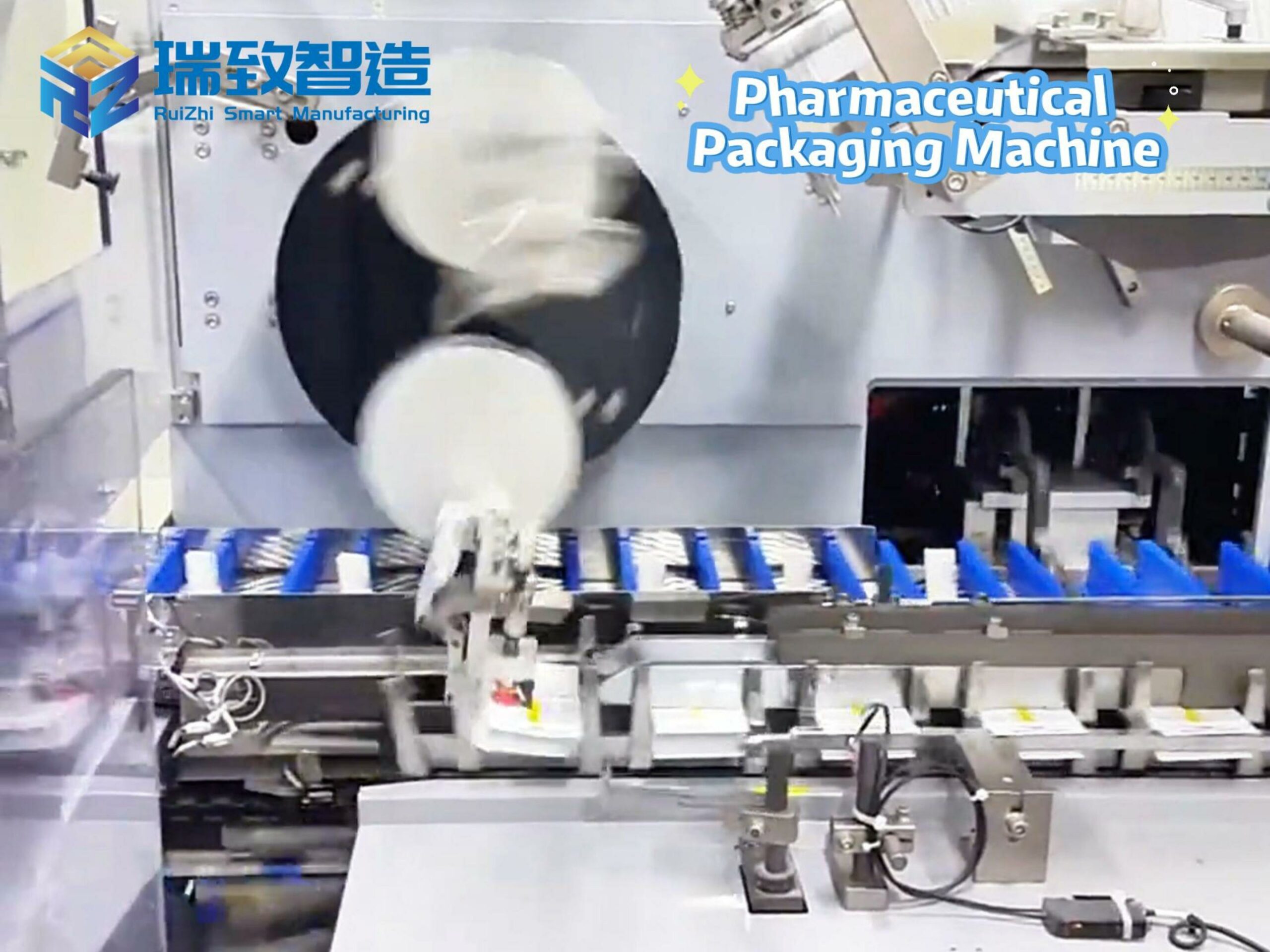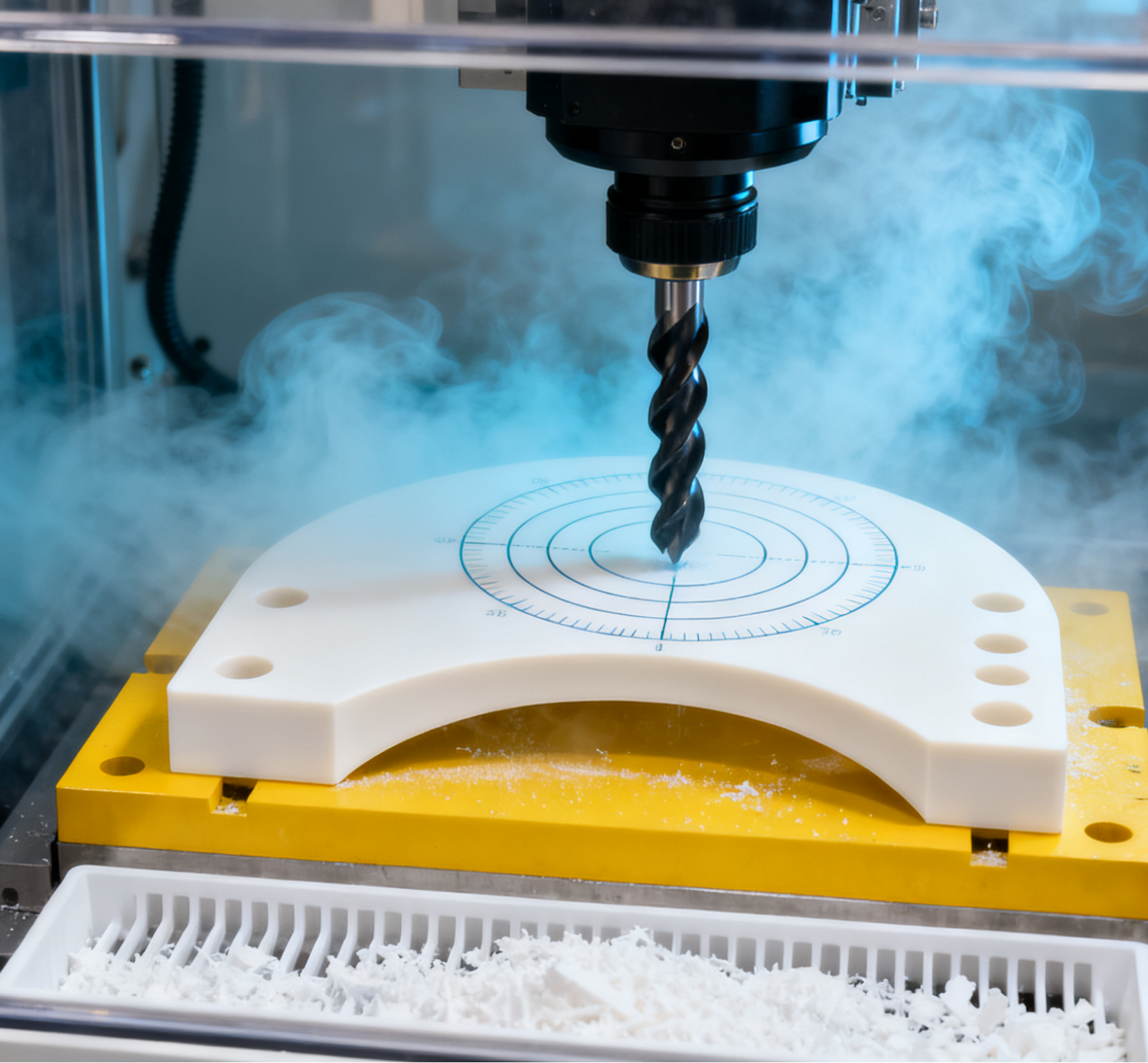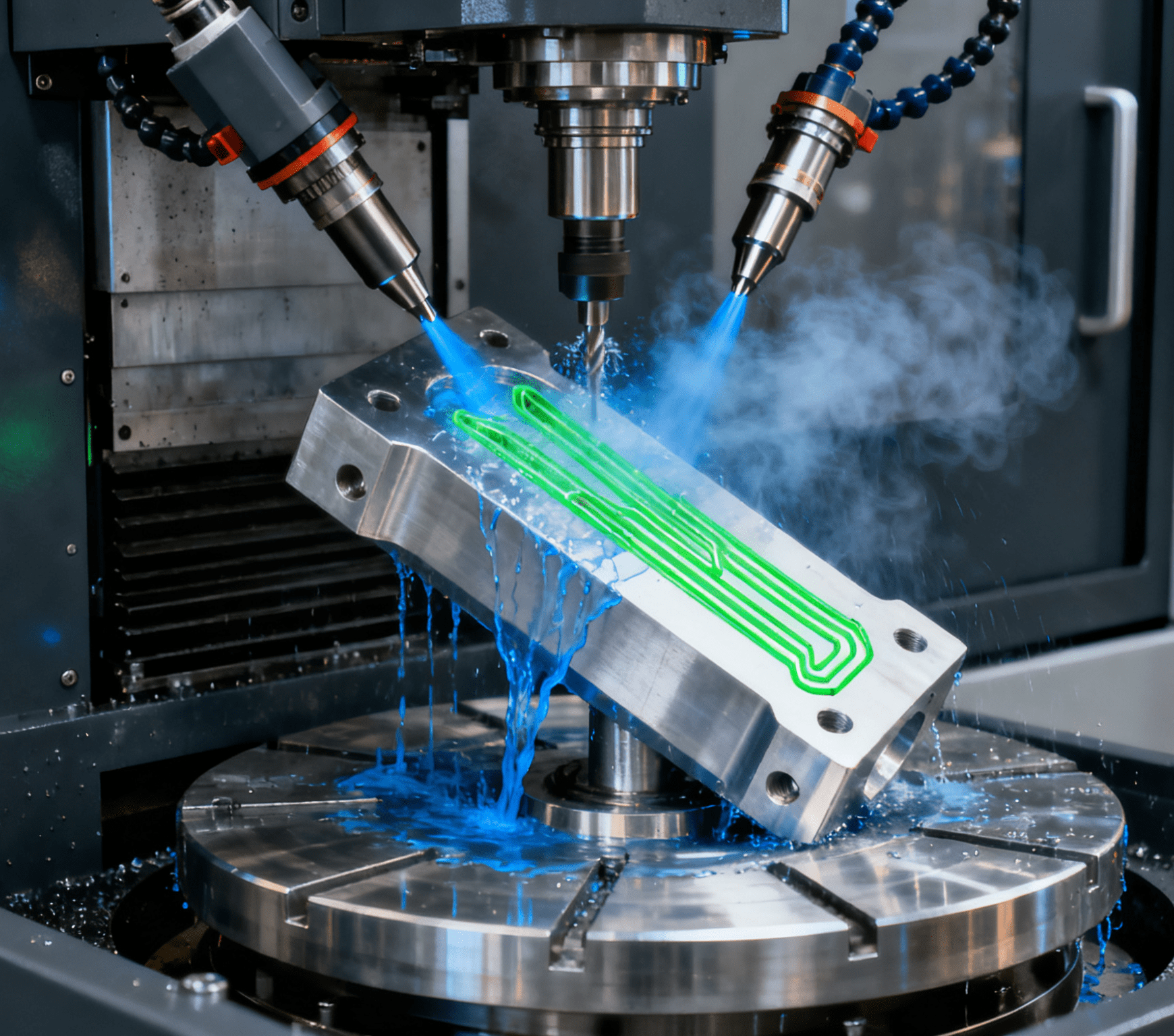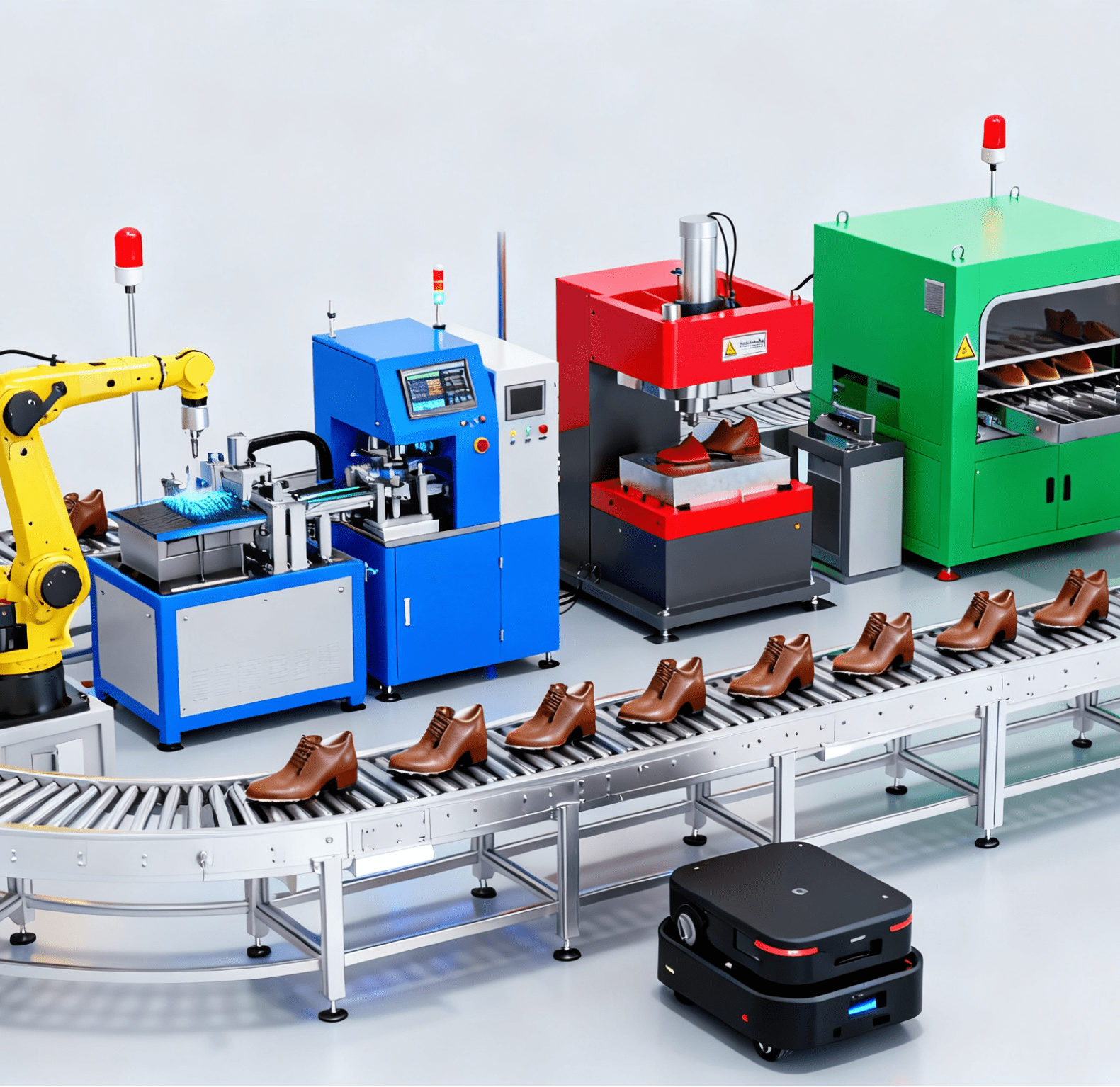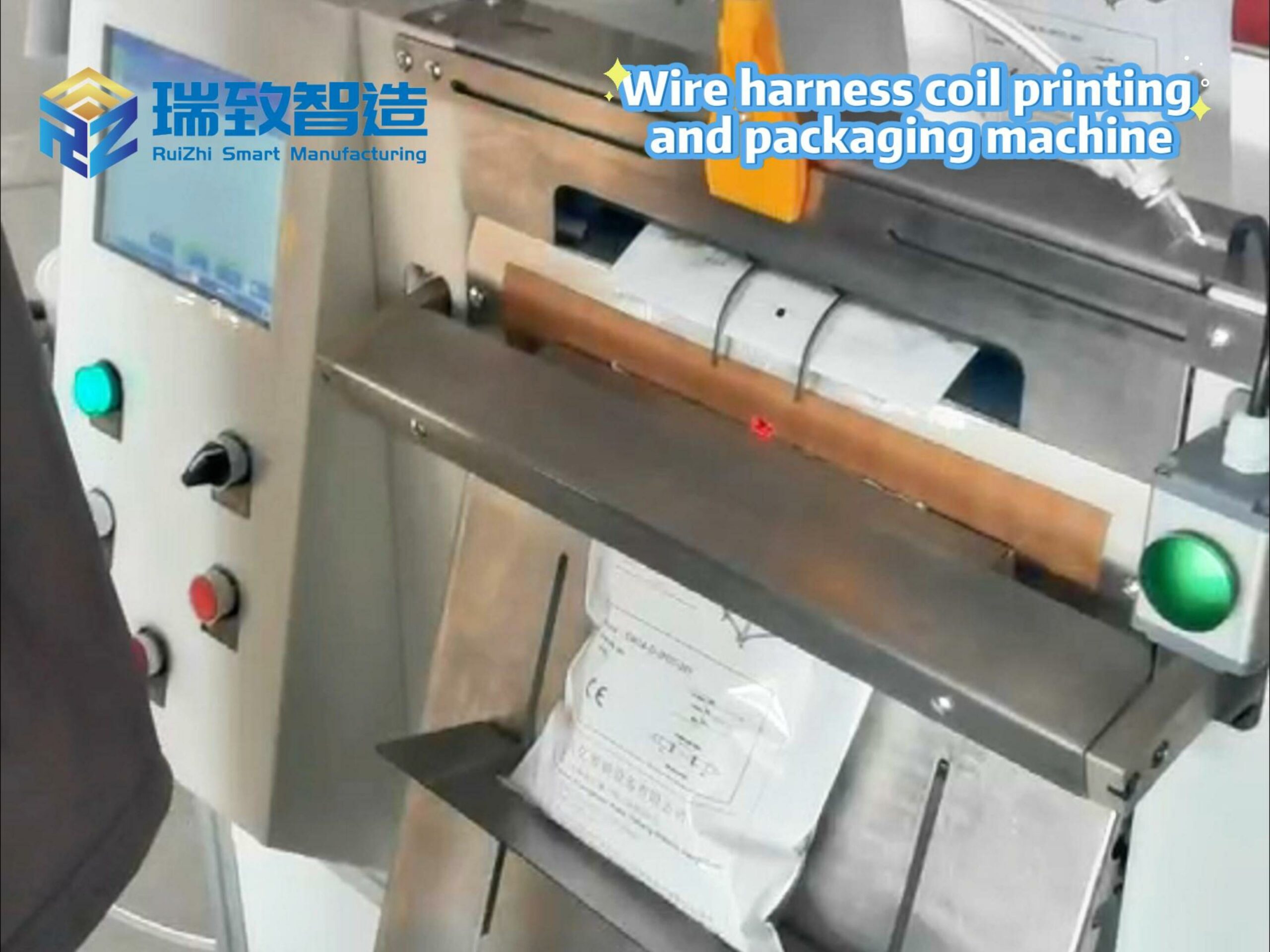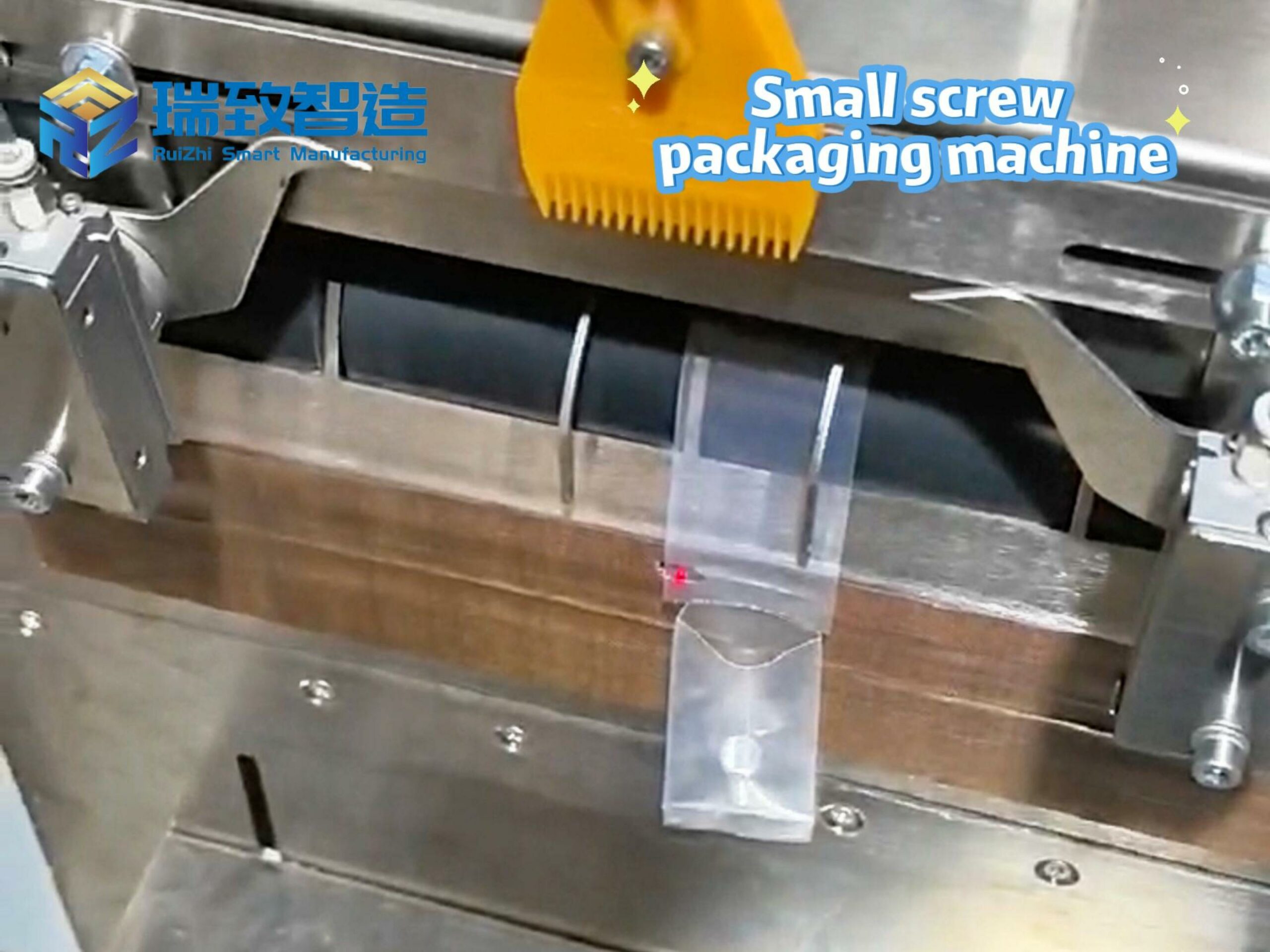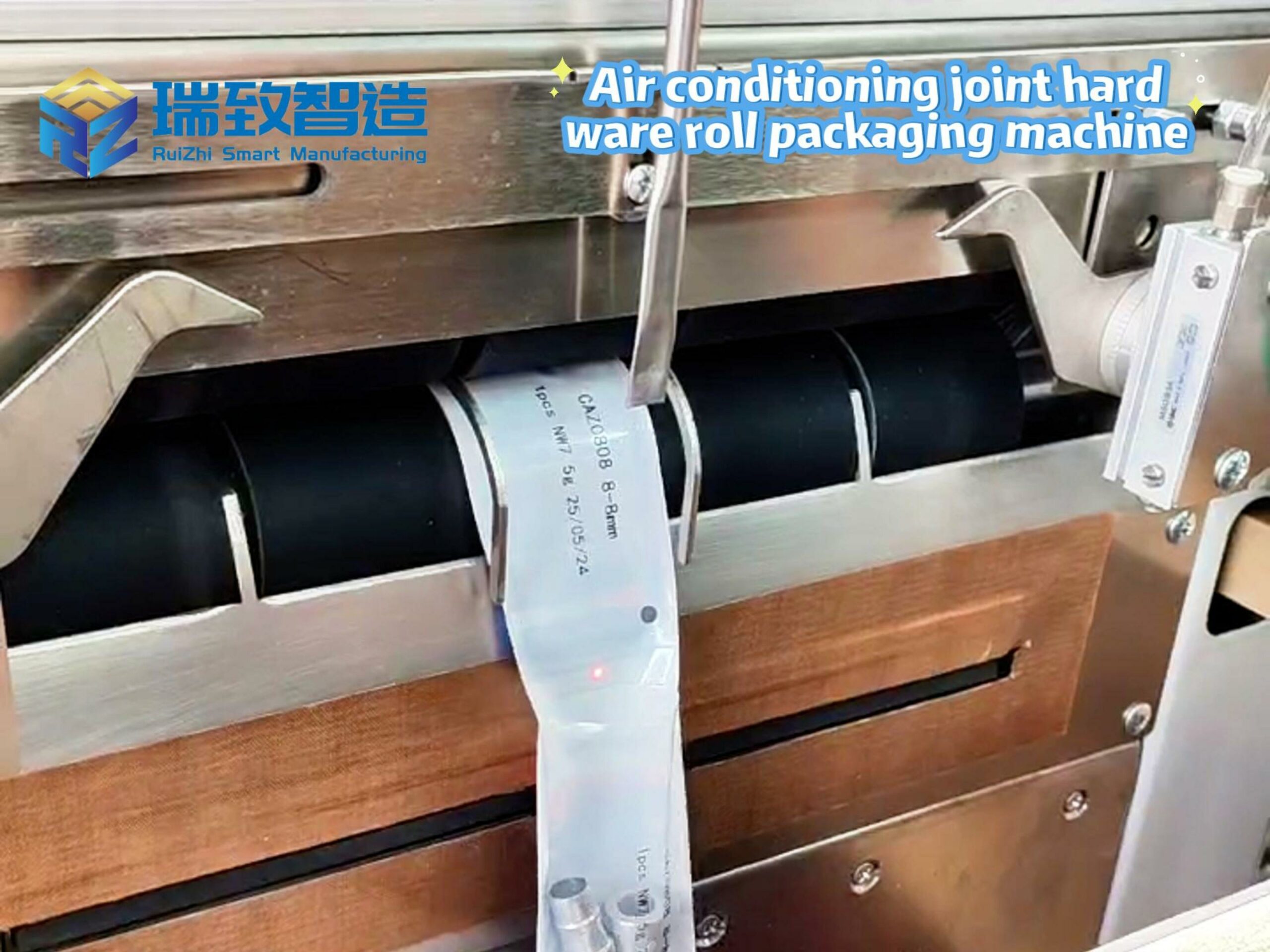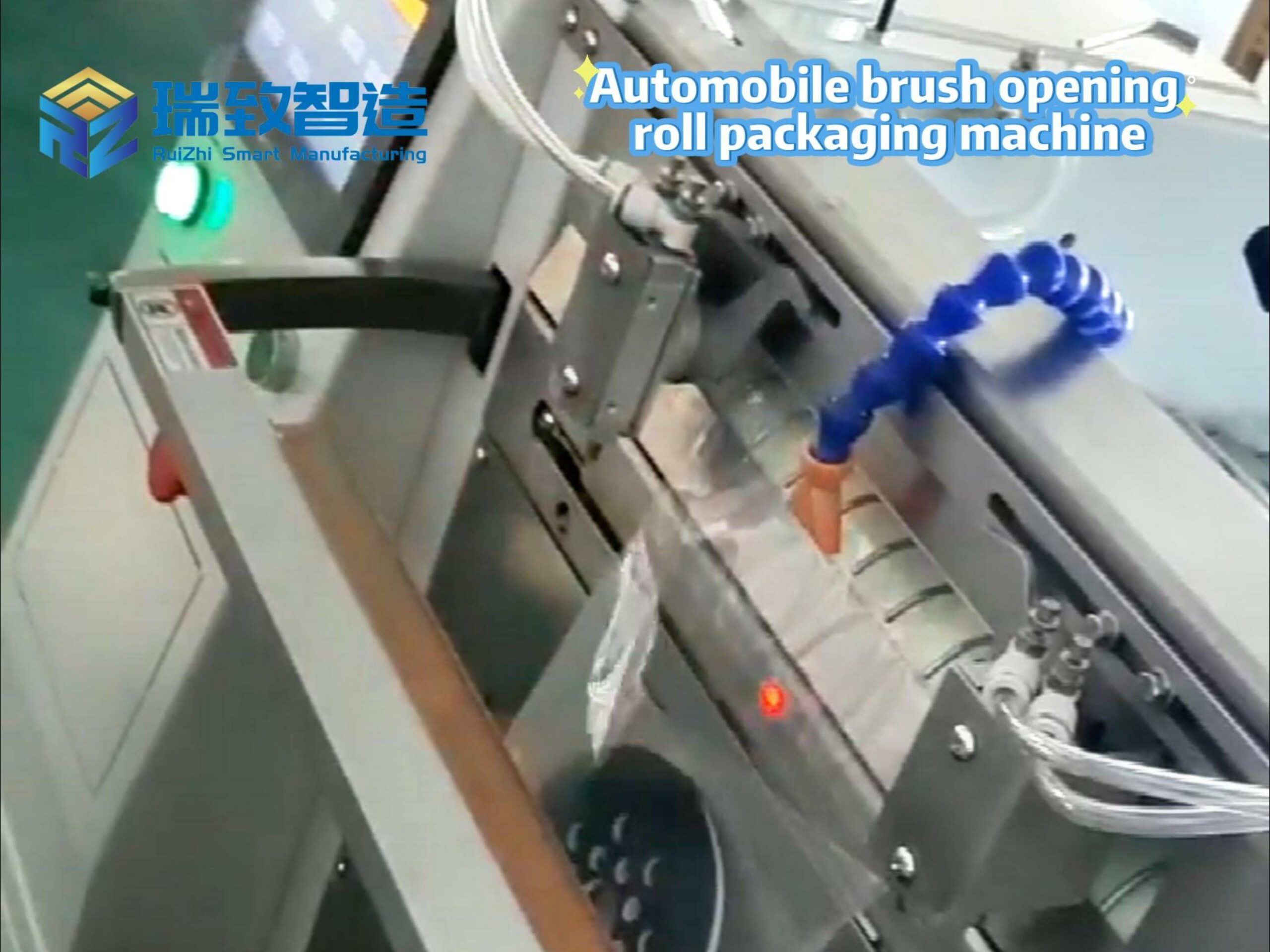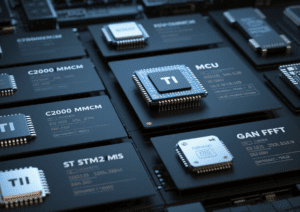
Introduction: As core components of humanoid robots, the market demand for actuators and their electronic systems, as well as power supply systems and their electronic components, will also rise accordingly. It is expected that in the next few years, as the applications of humanoid robots in various fields are gradually implemented, their electronic industry chain will usher in explosive growth opportunities.
In 2025, China’s humanoid robot industry will be driven by both industrial capital and commercialization, opening a new era for the industry.
In terms of industrial capital, in early July, China’s humanoid robot industry ushered in an intensive financing boom. In the first half of the year, there were 77 financing events in the domestic humanoid robot field, exceeding the total of last year (67), reflecting the strong confidence of the capital market in the commercialization of robot technology.
On July 7, Xingdong Jiyuan announced the completion of nearly 500 million yuan in Series A financing.
On July 8, Hangzhou Yunshenchu Technology Co., Ltd. announced the completion of a new round of financing of nearly 500 million yuan.
On July 8, Zhejiang Zhiding Robot Co., Ltd. announced the completion of a new round of strategic investment.
On July 9, Xinghaitu announced the successive completion of Series A4 and A5 strategic financings, with the total amount of the two rounds exceeding 100 million US dollars.
On July 9, Kepler Robot announced the successful completion of the A+ round of strategic financing.
In terms of commercialization, on July 11, Zhiyuan Robot and Unitree Technology jointly won the humanoid biped robot foundry service procurement project of China Mobile (Hangzhou) Information Technology Co., Ltd., with a total budget of 124.05 million yuan. Zhiyuan won a 78 million yuan order for full-size humanoid biped robots, and Unitree won a 46.05 million yuan order for small-size robots and accessories. This winning bid set a new record for the highest bid amount in the domestic humanoid robot field.
Zhiyuan and Unitree winning the 120 million yuan humanoid robot order from China Mobile marks that the commercialization process of domestic humanoid robots has entered the stage of large-scale implementation.
It is worth noting that the industry generally believes that 2025 will be the first year of mass production of humanoid robots. At present, several humanoid robot companies have released mass production plans, with quantities ranging from hundreds to thousands.
As core components of humanoid robots, the market demand for actuators and their electronic systems, as well as power supply systems and their electronic components, will also rise accordingly. It is expected that in the next few years, as the applications of humanoid robots in various fields are gradually implemented, their electronic industry chain will usher in explosive growth opportunities.
Main Components of Humanoid Robots
The “Brain” of Humanoid Robots – Main Control System
At present, there is no specific solution for the main control system of humanoid robots, and different companies adopt different technical routes. The current mainstream solutions include CPU + GPU, CPU + FPGA, GPU + ASIC, etc.
The CPU + GPU solution is the most mature. Tesla’s FSD chip adopts this route, where the CPU is used for control, the GPU for image processing, and the NPU (Neural Processing Unit) is a neural processing unit, which integrates a large number of computing units and special neural network accelerators, enabling efficient complex computing and reasoning tasks.
For the CPU + FPGA solution, due to the simple development process of FPGA, it has a short research cycle. However, FPGA is relatively expensive and has relatively high power consumption, so it is not suitable for power-sensitive applications.
The CPU + ASIC solution realizes MAC operations through a digital “memory-computing integration” method and achieves “memory-computing integration” at the circuit level. This route has high operational stability but low parallelism and energy efficiency.
In terms of specific products, Intel’s i-series or Ultra-series CPUs, NVIDIA’s Jetson series (such as Xavier NX, AGX Orin, Orin Nano, Thor, etc.), Qualcomm’s robot platforms (RB series), Intel’s Core series, and Movidius VPU are mainstream choices.
Some robot companies are also exploring self-developed chips based on RISC-V or Arm architectures.
According to currently public information, UBTECH’s first-generation Walker is equipped with Intel’s i7 7500U (2.7GHz) and i5 6200U (2.3GHz), and the upgraded Walker X mainly uses i7 8665U (dual-channel, 1.9GHz) plus NVIDIA GT1030 graphics card.
Unitree Technology’s H1 series humanoid robots are standard equipped with Intel’s i5/i7 chips and can be optionally equipped with i7 plus NVIDIA Jetson Orin NX (single or multiple, up to 3 pieces).
Fourier Intelligence’s GR-1 uses Intel’s i7 13700H processor; Zhongqing Robot’s PM01 humanoid robot uses Intel’s N97 with NVIDIA’s Jetson Orin chip.
Zhiyuan Robot uses the Jetson Orin chip.
The Tiangong general humanoid robot Pro version released by the Beijing Humanoid Robot Innovation Center uses Intel’s CPU and NVIDIA’s Jetson Orin chip, etc.
The “Cerebellum” of Humanoid Robots – Motion Control System
MCU
In the motion control system of humanoid robots, controllers play a crucial role. They are the “nerve endings” for achieving precise and real-time motor control. Each or each group of joint motors is usually equipped with a special microcontroller to perform underlying servo control tasks. This microcontroller is mainly an MCU, and some use DSP, FPGA, or MPU with higher performance, etc.
In terms of suppliers, there are many suppliers in the motor control MCU market. At present, there are no MCU products specifically for humanoid robots, and most of them are general-purpose MCU products. However, the MCU products used in humanoid robots have higher requirements for real-time performance, reliability, and multi-interface capabilities.
Texas Instruments’ C2000 real-time control MCU series is a benchmark product in the field of motor control.
STMicroelectronics’ STM32 series MCU product line is extremely rich, based on various cores such as Arm Cortex-M0/M3/M4/M7/M33, providing a wide range of choices from low-cost to high-performance.
NXP’s i.MX RT series crossover MCUs (combining the real-time performance of Arm Cortex-M cores with the performance of application processors) and MCX series MCU chips are suitable for robots and motion control.
Looking at the global MCU market pattern, after understanding the situation of international leading manufacturers, it is worth noting that Chinese chip design companies represented by GigaDevice have shown strong market competitiveness in the field of high-performance microcontrollers through continuous technological innovation.
The following are representatives of domestic MCU enterprises:
GigaDevice’s chip products have long been deeply involved in the robot field. The GD32G553 series high-performance MCUs, based on the Arm Cortex-M33 core with a maximum frequency of 216MHz, are suitable for controlling some large joints. For fine joints that require more precise motion control, the GD32H7 series MCUs based on the Arm Cortex-M7 core with a frequency of 600MHz are used.
National Chip Technology has benchmark products such as N32H78x, N32H785EC, N32H76x, and N32H765EC series MCUs for intelligent control fields such as embodied robots and industrial control. This MCU series has the advantages of super computing power, ultra-fast response, ultra-high precision, high reliability, and high security.
Geehy G32R501 real-time control MCU, adopting Arm Cortex-M52 dual-core architecture with a maximum frequency of 250MHz, supports Arm Helium vector extension technology, and can provide excellent control performance for robot rotating joints, linear joints, and dexterous hands and other modules.
Power Devices
Power devices are the core of the motor drive power stage, responsible for high-speed switching control of the high current supplied to the motor according to the PWM signal generated by the MCU, thereby driving the motor windings to generate a rotating magnetic field. Traditionally, silicon-based MOSFETs or IGBTs are the mainstream choices. However, in recent years, wide-bandgap semiconductor devices represented by gallium nitride (GaN) FETs have emerged in fields such as humanoid robots that require high power density and efficiency due to their excellent performance.
For the GaN market, according to Yole’s data, the global GaN market size is expected to reach 2.01 billion US dollars by 2029, with a compound annual growth rate of 40.6%, and the growth rate of the GaN market in the industrial field can even exceed 50%.
Regarding GaN, the main current suppliers are as follows:
TI: Provides low-voltage GaN FETs and GaN intelligent power modules integrated with drivers (such as DRV7308, LMG2100R026 half-bridge GaN power stages), as well as MOSFET gate drivers (such as DRV8350 three-phase intelligent gate drivers). TI emphasizes that its GaN solutions can reduce the power stage size by more than 50% and support PWM control of hundreds of kHz.
Efficient Power Conversion (EPC): is a leader in enhancement-mode gallium nitride (eGaN) power devices, providing eGaN FETs and ePower Stage ICs (integrated power stages). Its EPC23104 ePower Stage IC (100V, 11mΩ RDS(on) typ, 15A) and its reference design EPC91104 (suitable for 14V-80V input, up to 14A continuous current) are optimized for precision motion control applications such as humanoid robots, emphasizing compact design and high efficiency. For higher power requirements (such as elbow and knee motors), EPC provides EPC9176.
Infineon Technologies: Has a wide range of MOSFET product portfolios (such as OptiMOS series) and CoolSiC MOSFETs. In the GaN field, Infineon has also launched CoolGaN series products, including discrete GaN HEMTs and GaN EiceDRIVER ICs integrated with drivers, suitable for high-efficiency and high-power density applications.
ST: Provides various MOSFETs (such as STPOWER MDmesh, STripFET series) and GaN solutions, including discrete GaN transistors, MASTERGAN series (system-in-package products integrating half-bridge drivers and GaN HEMTs), and STDRIVE GaN drivers.
Nexperia: Offers N-channel and P-channel power MOSFETs, as well as GaN FET product portfolios, covering applications from low-voltage to medium-high voltage.
Introduction to Domestic Humanoid Robot Companies
After in-depth discussion on the core hardware architecture of humanoid robots, it is not difficult to find that technological breakthroughs and cost optimization in the electronic industry chain are promoting the rapid iteration of humanoid robot performance. Behind this trend is the active layout and technical practice of a number of innovative domestic enterprises.
The following are several representative humanoid robot companies:
UBTECH: A pioneer in China’s humanoid robot field and the “first stock of humanoid robots”. Models such as Walker X have shown potential in home services, elderly care, etc.
Unitree Robotics: In recent years, it has launched its general humanoid robot H1, which has attracted widespread market attention and demonstrated the progress of Chinese enterprises in core motion components and control algorithms of robots.
Agibot: Founded by Peng Zhihui (Zhihui Jun), a former member of Huawei’s “Genius Youth” project who has attracted much attention. Its humanoid robot “Yuanzheng A2” has created mass-produced self-developed integrated joints with high reliability, lightweight, and ultra-high slot fill rate winding technology, with a maximum peak torque of 430N·m and a motor torque density of 50Nm/Kg, supporting stable walking for a long time.
Conclusion
At present and in the future, the product form and technical characteristics of humanoid robots are evolving towards more intelligent and economical directions. The MCUs required by humanoid robots have higher requirements for real-time performance, reliability, and multi-interface capabilities. In terms of power devices, GaN has become an important choice for humanoid robot actuators due to its high efficiency and high power density characteristics. The improvement of GaN product performance, integration, as well as advanced packaging and heat dissipation are major research and development directions for future products.
The extreme pursuit of electronic components in terms of hardware by humanoid robots is driving related chips to evolve towards higher performance, higher integration, higher energy efficiency, higher reliability, and stronger intelligence. The era of humanoid robots is accelerating, and the maturity and development of their electronic industry chain are inevitable requirements for humanoid robots to move from laboratories to commercial applications and meet actual scenario needs.
The changes that artificial intelligence has brought to industry

